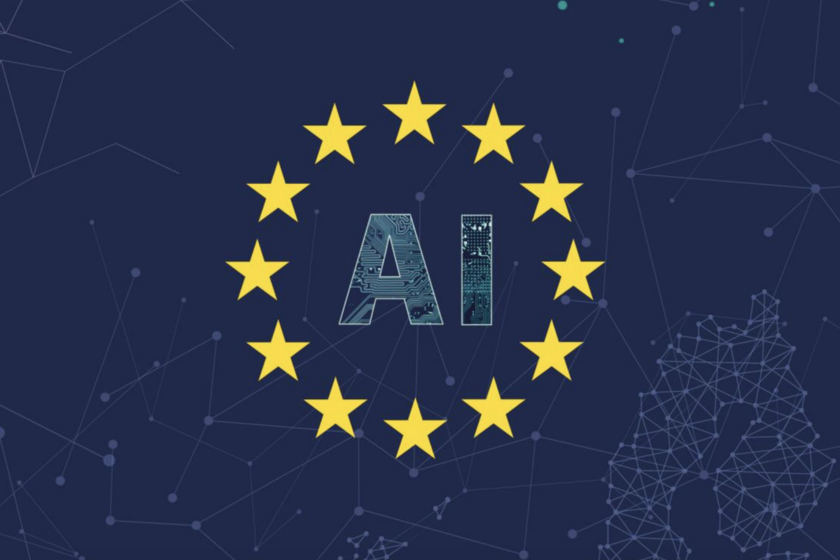The European Union has officially activated the world’s most sweeping legal regime for artificial intelligence. As of August 2, 2025, the AI Act—the EU’s landmark legislative framework regulating artificial intelligence systems—entered into force for providers of general-purpose AI (GPAI) models. With fines reaching €35 million or up to 7% of global turnover, the law sets an aggressive precedent that is already inflaming tensions between Brussels and Silicon Valley.
The AI Act doesn’t just apply to high-risk applications such as facial recognition or automated law enforcement—it now immediately governs the backbone models that power generative AI platforms like ChatGPT, Gemini, Claude, and Llama. These models, known as GPAIs, are required to publish detailed training-data summaries, conduct bias and robustness testing, meet transparency benchmarks, ensure copyright compliance, and be prepared for external audits by national regulators. This set of obligations applies not just to European companies, but to any AI provider doing business in the EU, including U.S. giants.
The European AI Office, along with member-state authorities, now assumes supervisory authority. On July 10, 2025, the EU finalized its General-Purpose AI Code of Practice, a 15-chapter guidance document designed to operationalize the AI Act’s GPAI mandates. It provides enforceable templates for summarizing datasets, scoring alignment risks, documenting model behavior, and disclosing capabilities. These documents, previously voluntary, are now required under law.
The law’s enforcement timeline is staggered. General-purpose models like GPT-4o, Gemini 2, and Claude-3 Opus are regulated now. By August 2026, coverage expands to high-risk systems in sensitive domains including education, border control, critical infrastructure, and healthcare. By 2027, all provisions—including prohibitions on social scoring and manipulative AI—will be fully enforced across the EU’s 27 member states.
The stakes are financially severe. Violating GPAI requirements can lead to administrative fines of up to €35 million, or 7% of a company’s worldwide revenue, whichever is greater. That could translate to $9 billion for Microsoft or $15 billion for Alphabet if non-compliance is found to be systemic. This makes the EU’s regime far more forceful than anything currently proposed in the U.S., U.K., or Asia.
Unsurprisingly, reactions from American tech companies vary widely. Google announced its formal endorsement of the EU’s Code of Practice, committing to compliance. OpenAI has taken a conciliatory tone as well, signaling alignment and cooperation. However, Meta has emerged as the most vocal critic. Nick Clegg, Meta’s President of Global Affairs, has refused to sign the EU code, arguing it oversteps the bounds of reasonable governance and places disproportionate burdens on U.S. firms while undercutting innovation.
The criticism isn’t limited to Meta. Elon Musk’s xAI has taken a similarly defiant stance—agreeing only to the safety chapter of the Code, while rejecting sections on transparency and copyright. Musk argued the latter would force disclosure of proprietary data and “hand over the crown jewels” to competitors and adversaries. This partial compliance signals a broader strategy among some American firms to test EU resolve—and potentially litigate or geo-fence EU access if compliance becomes too onerous.
The trans-Atlantic rift is growing sharper. On the one hand, EU officials maintain the AI Act is the only viable path to protect European users, align with GDPR, and safeguard democracy against unchecked algorithmic systems. On the other, American firms and policy analysts warn the Act may fragment the AI ecosystem, encourage regulatory arbitrage, and give China an advantage by slowing Western deployment.
Unlike the U.S., which lacks a centralized AI governance regime, the EU now has the infrastructure to conduct code audits, risk evaluations, and technical documentation reviews of models like Claude, GPT-4o, and Mistral. Providers will be subject to adversarial testing, registry disclosures, model reporting, and mandatory red-teaming protocols. Failure to meet even one of these checkpoints could trigger investigations and penalties.
Further complicating the picture is the law’s extraterritorial reach. The AI Act applies to any provider whose model is accessed by EU users, even if the provider has no EU office. As a result, some smaller U.S. firms are considering withdrawing services from the EU entirely or limiting functionality, while enterprise clients are beginning to ask vendors for proof of legal alignment and indemnity coverage.
Yet the EU is standing firm. EU Commissioner Thierry Breton emphasized that there will be no delay, no opt-out, and no amnesty for firms dragging their feet. In multiple interviews, Breton underscored that the AI Act is “fully operational law, not an experimental framework,” and warned that the EU will act swiftly if companies attempt to skirt compliance via technical loopholes or shell entities.
This legal clarity has sparked a wave of preemptive adaptation. Many startups are adjusting their deployment strategies, open-source developers are including EU-optimized licensing and dataset disclosures, and enterprise vendors are embedding AI Act compliance into model-as-a-service offerings. Some see the law not as a threat but an opportunity to build trust-centric AI ecosystems, especially in sectors where regulation is inevitable—such as healthtech, fintech, and public-sector applications.
While legal challenges and diplomatic negotiations may still unfold, the AI Act is now the global benchmark for AI governance. Whether other regions follow remains to be seen—but for now, every global AI provider must either comply, exit, or risk catastrophic legal and reputational fallout. In that calculus, August 2, 2025, will be remembered not just as a European legal milestone—but a turning point in the global AI governance revolution.





